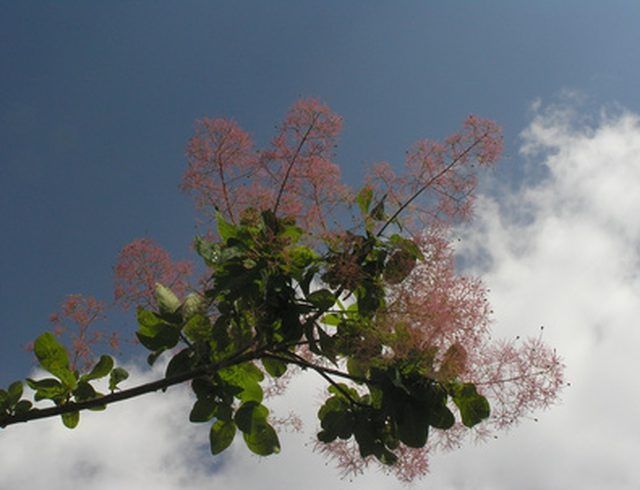Bulbs
Flower Basics
Flower Beds & Specialty Gardens
Flower Garden
Garden Furniture
Garden Gnomes
Garden Seeds
Garden Sheds
Garden Statues
Garden Tools & Supplies
Gardening Basics
Green & Organic
Groundcovers & Vines
Growing Annuals
Growing Basil
Growing Beans
Growing Berries
Growing Blueberries
Growing Cactus
Growing Corn
Growing Cotton
Growing Edibles
Growing Flowers
Growing Garlic
Growing Grapes
Growing Grass
Growing Herbs
Growing Jasmine
Growing Mint
Growing Mushrooms
Orchids
Growing Peanuts
Growing Perennials
Growing Plants
Growing Rosemary
Growing Roses
Growing Strawberries
Growing Sunflowers
Growing Thyme
Growing Tomatoes
Growing Tulips
Growing Vegetables
Herb Basics
Herb Garden
Indoor Growing
Landscaping Basics
Landscaping Patios
Landscaping Plants
Landscaping Shrubs
Landscaping Trees
Landscaping Walks & Pathways
Lawn Basics
Lawn Maintenance
Lawn Mowers
Lawn Ornaments
Lawn Planting
Lawn Tools
Outdoor Growing
Overall Landscape Planning
Pests, Weeds & Problems
Plant Basics
Rock Garden
Rose Garden
Shrubs
Soil
Specialty Gardens
Trees
Vegetable Garden
Yard Maintenance
Smoke Tree Problems
Smoke Tree Problems. The smoke bush or smoke tree is in the Anacardiaceae family, and two varieties are represented: the American smoke tree (Cotinus obovatus) and the flame smoke tree (Cotinus coggygria). Both varieties are durable plants. They can withstand dry soils and high winds, and can even adapt and thrive in rock-filled ground. Despite...

The smoke bush or smoke tree is in the Anacardiaceae family, and two varieties are represented: the American smoke tree (Cotinus obovatus) and the flame smoke tree (Cotinus coggygria). Both varieties are durable plants. They can withstand dry soils and high winds, and can even adapt and thrive in rock-filled ground. Despite this durability, both varieties are susceptible to disease.
Variety Distinction
The American variety reaches an average height of 25 ft., it has green to blue-green leaves in the fall season, and yellow, yellow-green and orange in the spring. It blooms between May and June. The flame smoke tree can reach a height of 10 ft. and has purple to dark-purple leaves throughout the seasons.
Problem Identification
Both varieties can contract verticillium wilt, but only the flame smoke tree contracts fusarium wilt. Wilting can be detected by sight and touch--a wilted leaf will curl into itself, or droop down and not maintain a straight angle, and, when bent, it will not spring back to its original shape. Leaf spots, sometimes called leaf rust, can affect both varieties. Spots or rust show as discoloration on leaf tops. The flame smoke tree can also contract a powdery mildew growth on its leaf tops. Leaf drop, the falling of leaves that appear healthy, is also common with both varieties.
Causes
Both types of wilt are cause by fungal growth, which initially occurs and infects the plant during cold and damp weather, and then gains strength and spreads when the weather warms. Leaf spots and powdery mildew are caused by fungal growth. Michigan State's Ornamental Plant extension lists scab, another type of fungus, as a potential cause of leaf drop. Leaf drop can also be caused by over or underwatering.
Prevention and Treatment
The type of fungus that produces wilting, spots and leaf drop grows in dark, damp and poorly ventilated areas. The first measure of prevention and recovery is to place the plant in an open, well-lit room. Fungicides can be used as well. Also, consult a local nursery as to what the proper watering time would be, given the climate of the area where you live.
Considerations
When a tree's leaves become discolored, fall off, or wilt it could be thought that increasing the amount of fertilization could bring vitality back to the plant. For the smoke tree varieties, however, overfertilization can worsen the effects of whatever disease is affecting the tree. Of the two varieties, the American smoke tree is susceptible to less diseases. When any variety has been infected with a fungus, all fallen leaves should be destroyed. When the flame smoke tree has been infected with powdery mildew, in addition to destroying all fallen leaves, the surrounding area should be cleaned of all fungus debris (the powdery mildew material), and infected leaves that remain on the tree should be wiped with a cloth.